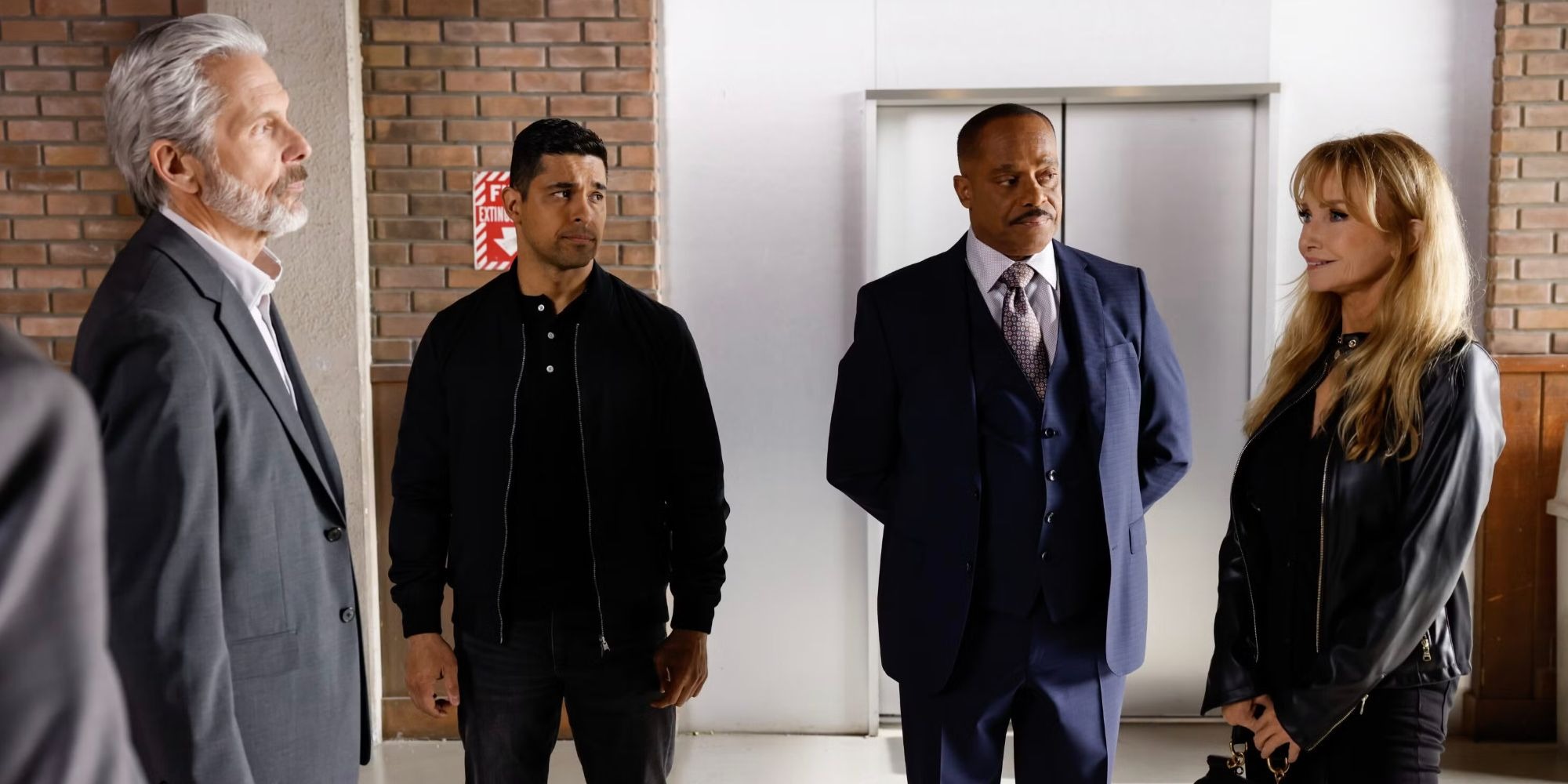
The Ongoing Problem With ‘NCIS’ Villains
Let’s not sugarcoat it — NCIS has a villain problem. Not because they’re bad characters. Actually, it’s the opposite. The show has introduced some seriously sinister adversaries… and then casually discarded them like yesterday’s case files. That’s a major misstep. Season 23 has a chance to fix this, but only if the writers are paying attention.
Why Season 23 Holds So Much Potential
Season 23 arrives with some unique advantages. A fresh cast dynamic. Lingering plotlines. And a devoted fanbase that’s hungry for suspense and stakes. But that potential will be wasted if compelling villains keep getting shoved off-screen before their stories even get started.
When Villains Are Wasted, Stories Fall Flat
Ever notice how much better a good cop show gets when there’s a real, personal threat? Think about Ari Haswari back in the early days — the guy haunted Gibbs for seasons. Compare that to some recent episodes where the bad guy shows up, causes chaos, and is dead or gone in 40 minutes. Which one do you remember?
Exactly.
The Difference Between Good and Great TV Antagonists
Great villains don’t just oppose the hero — they challenge them emotionally, mentally, even morally. That tension is where drama lives. It’s what turns a procedural into a gripping story. Without it, even the best team feels like they’re just punching a timecard.
The Forgotten Faces of ‘NCIS’ Villainy
Let’s roll the tape. Remember Harper Dearing? An incredible threat with a chilling motive. But his arc was rushed. Or how about Reynosa? She had personal history with Gibbs, emotional stakes, and a powerful backstory. Gone too soon.
These are villains that could’ve carried entire seasons.
Learning from the Best: How Other Shows Handle Villains
Just look at shows like Breaking Bad, Dexter, or even Criminal Minds. They know how to stretch villain arcs. They let them breathe, grow, and twist the narrative. One-off criminals may serve the plot, but long-game villains serve the story.

How NCIS Season 23 Can Break the Cycle
So how does NCIS fix this in Season 23? Easy: give us a Big Bad. Someone who pops up throughout the season. Someone who gets under the team’s skin. Let them win sometimes. Make us hate them. Make us fear them. But don’t make them disappear after one episode.
Villain Arcs That Deserved Better
Take Paul Lemere, aka “The Serial Killer of Season 19.” That was rich territory! A complex foe with a twisted agenda. But again — poof. Wrapped up too neatly. What could’ve been a season-defining adversary got rushed to the finish line.
Fans Notice the Flaws—And They’re Speaking Up
Reddit threads, YouTube comment sections, and fan forums all echo the same gripe: Why build up a terrifying villain only to end their arc in a flash? Viewers want investment. If fans are showing up week after week, they want a payoff.
What Makes a Villain Truly Memorable?
Here’s the secret: it’s not just about what villains do — it’s about what they represent. Ari represented grief. Dearing represented revenge. Reynosa? Justice twisted by trauma. These aren’t just “bad guys.” They reflect the show’s themes — and the characters’ deepest struggles.
Writing Multi-Episode Villain Arcs That Stick
To do this right, Season 23 needs to play the long game. Introduce the villain early. Make them part of the story, not just the plot. Tie them to the agents personally. Let them escape. Let them manipulate. Let them change the game.
Should NCIS Introduce a Season-Long Big Bad?
Honestly, yes. Other procedural dramas have done it with great success. Think of it like a chess match — we see the pieces move slowly, building tension until the final checkmate. The audience sticks around because they’re dying to see how it ends.
Why One-Off Villains Don’t Hit Hard Enough
The problem with case-of-the-week villains? They rarely leave a mark. Sure, they serve a function. But they don’t haunt. And the best villains should haunt the heroes — and us.
The Future of Gibbs’ Legacy: Strong Adversaries
With Gibbs gone (or mostly gone), the team needs new weight. That weight can come from villains who don’t just attack them — but challenge what they believe in. That’s what kept Gibbs grounded. And it’s what could elevate the next generation.
Final Thoughts: It’s Time to Respect the Antagonists
‘NCIS’ has the tools. The talent. The fans. But it’s time to stop wasting compelling villains for quick plot fuel. Season 23 could be iconic — if it dares to give us villains worth fearing… and remembering.
The question is: will they?
FAQs
1. Why do ‘NCIS’ villains feel underdeveloped in recent seasons?
Because most of them are written for single episodes. They serve a quick narrative purpose but aren’t given enough time to grow, evolve, or truly challenge the main cast.
2. Has ‘NCIS’ ever had a successful long-term villain?
Yes! Ari Haswari is the best example. His arc spanned multiple seasons and deeply affected the characters, especially Gibbs and Ziva. He remains one of the most memorable adversaries in the show’s history.
3. Could Season 23 fix the villain problem with a Big Bad?
Absolutely. A season-long antagonist would give the writers room to build tension and give viewers a deeper emotional payoff. It would also tie episodes together in a more cohesive story arc.
4. What makes a great ‘NCIS’ villain?
A great villain isn’t just evil — they’re personal. They challenge the agents emotionally, represent a thematic threat, and stay one step ahead for longer than an hour-long runtime.
5. Why do fans care so much about the villains?
Because good villains make the heroes stronger. They give the show weight, urgency, and lasting impact. Without them, the team’s victories feel less earned — and less satisfying.
If ‘NCIS’ wants to stay at the top of its game in Season 23, it’s simple: don’t waste the villains. Make them matter. Let them change everything.
